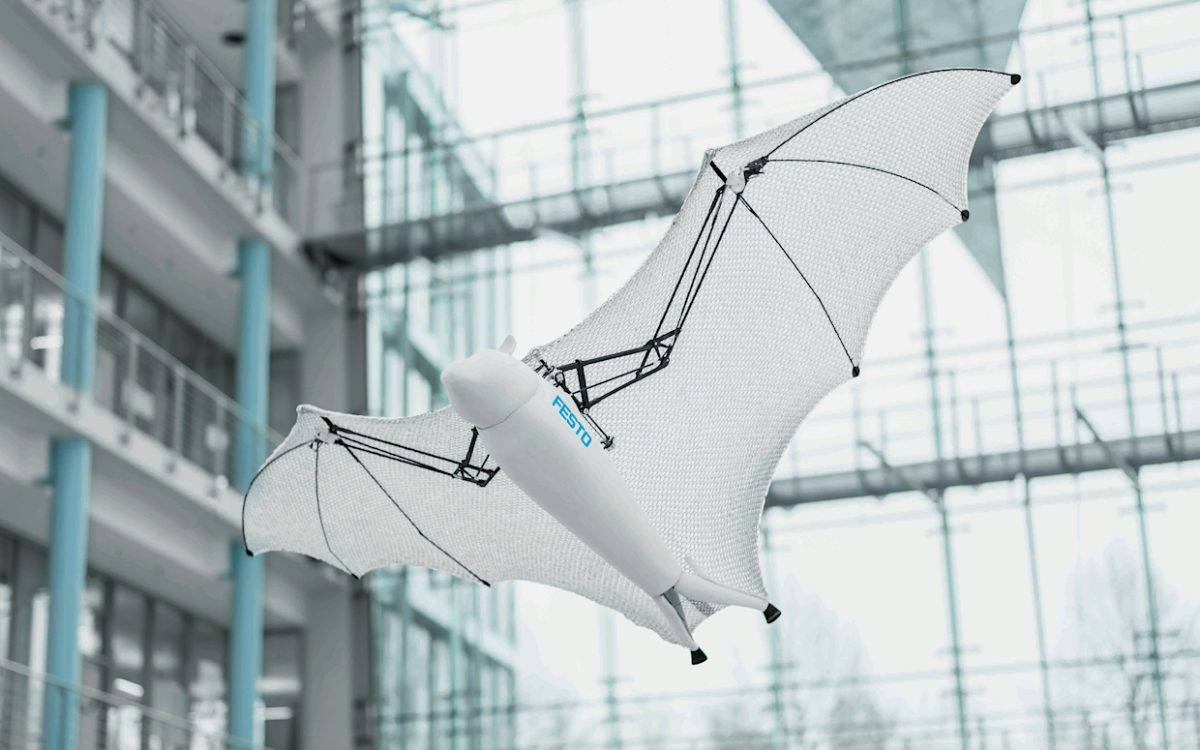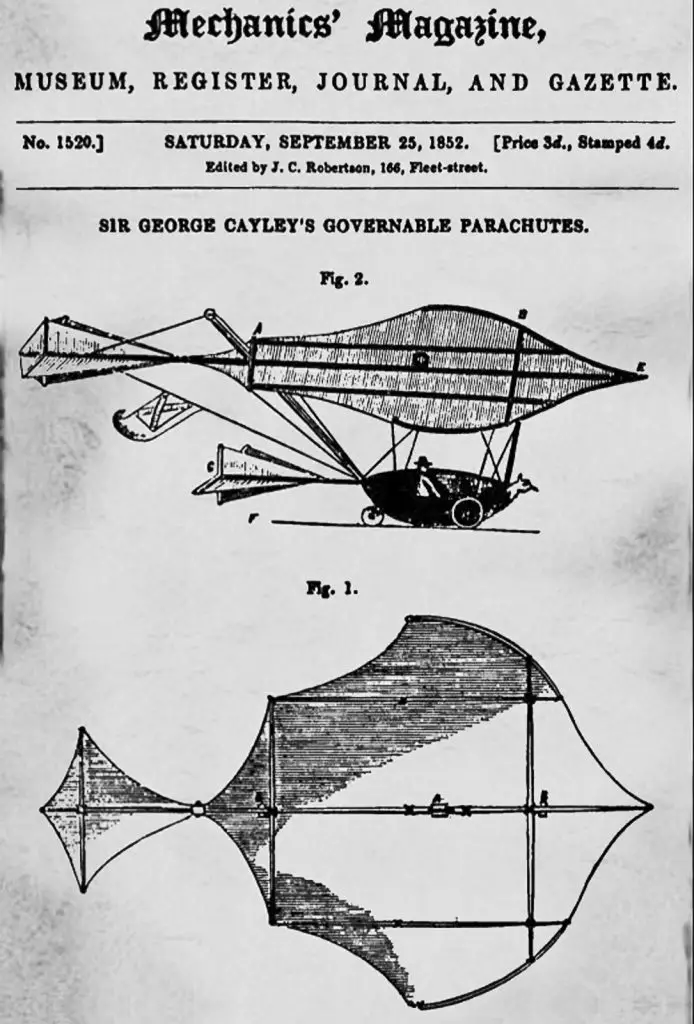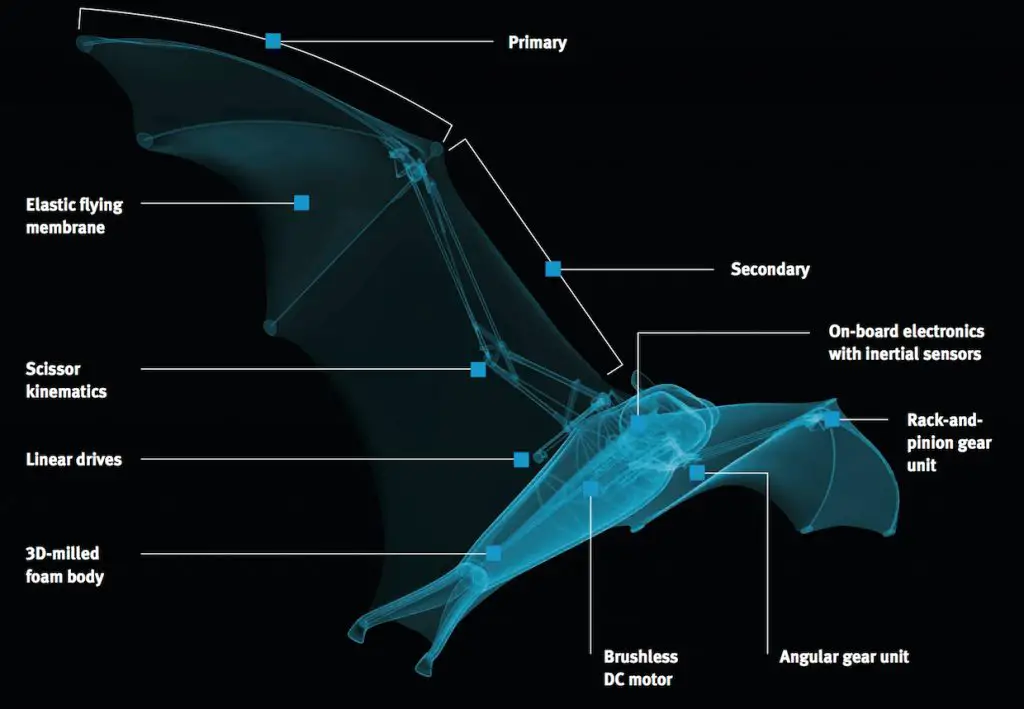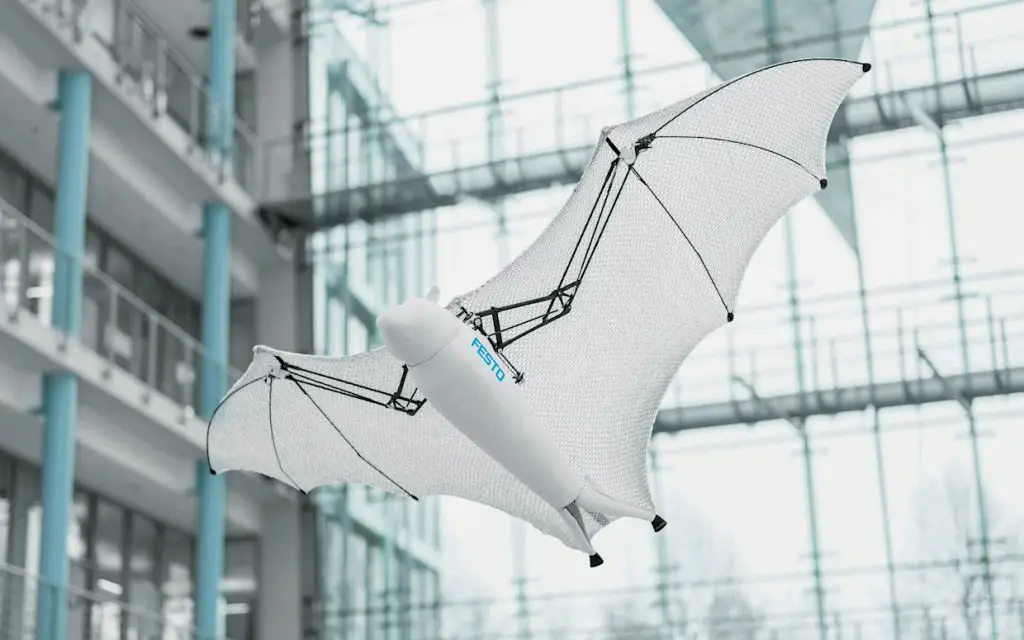It’s hard not to be awed by the advances in robotics. From simple tools in the kitchen to huge entities in the workplace, many of us have started interacting with robots daily. And if you’re not interacting directly, you are certainly a beneficiary of the technology. Applications as diverse as medicine and street sanitation are the tip of the iceberg.

A robotic flying fox
Is it a toy? Something created for amusement? Or is it another leap forward in the land of tech? The answer, in some ways, is all of the above.
Our species has been fascinated by flight throughout recorded history. The Montgolfier brothers were the first to ‘fly’ in 1783, when the first manned, untethered balloon flight occurred. Some 50 years later, the first manned glider took to the air.

50 years later, the Wright brothers achieved powered flight. The rest is history as more than eight million people fly commercially every day of the year!
But over the centuries, one attempt after another to emulate the way creatures fly have all failed.
The impossible dream made possible
In the past five years we’ve seen robotic butterflies, dragonflies and even a flying jelly fish. All remarkable achievements and each a learning curve to the next objective. This flying fox takes us to a whole new level. It truly mimics the live animal. It can do so because of the incredible advances that are now giving us, for example, extremely light yet immensely strong fabrics.
The bat’s wafer-thin membrane consists of two airtight films and a knitted elastane fabric. These are welded together at approximately 45,000 points. Due to its elasticity, it resists creasing, even when the wings are retracted.
The fabric’s honeycomb structure prevents small cracks in the flying membrane from getting bigger. This means that the Bionic Flying Fox can continue flying even if the fabric sustains minor damage.

Add the lightweight metals and polymers we’ve developed, throw in the benefits of new battery technology and we have a robot that replicates nature’s design.
Impressed? Where do you see developments like this taking us? Toy or amazing tech? Why not share your thoughts in the comments box below?






